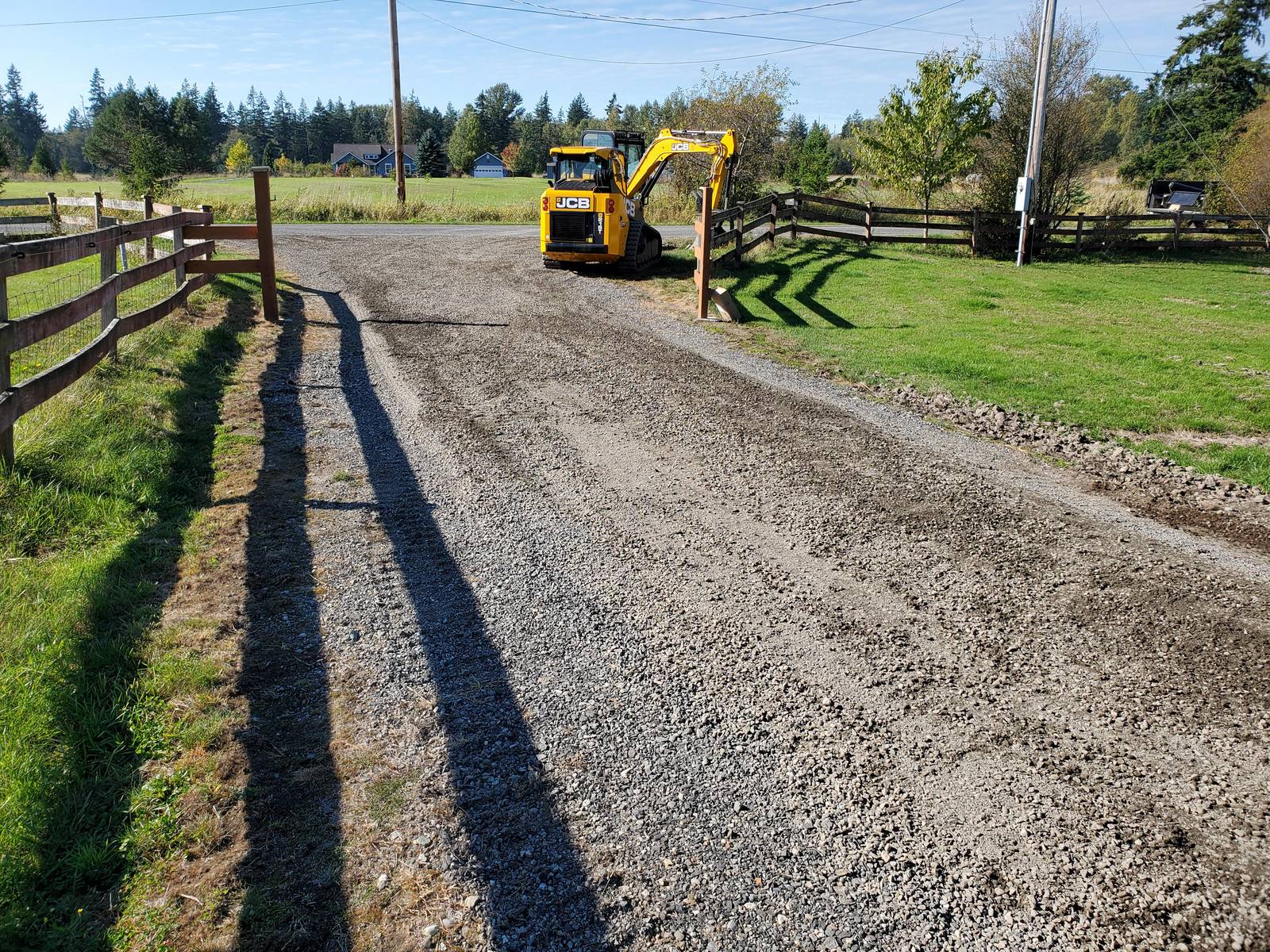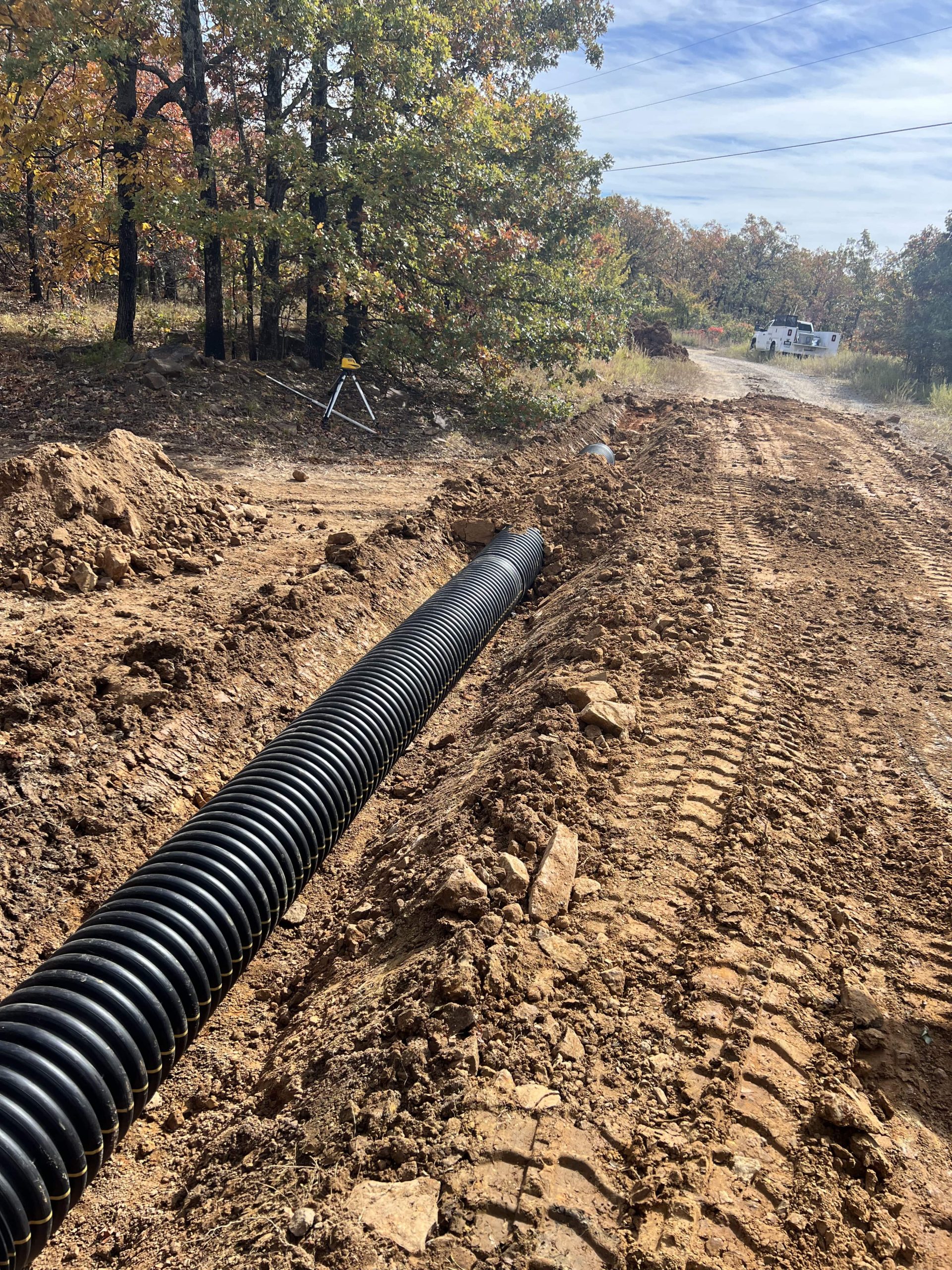Understanding Culvert Installment: Boost Your Land Water Drainage Efforts
From choosing the right materials to implementing best practices, mastering culvert installation can significantly enhance the efficiency and long life of your land drain system. By comprehending the ins and outs of culvert setup, you can optimize your water drainage efforts and ensure sustainable land usage methods.
Importance of Culvert Setup
Making certain appropriate culvert installation is vital for maintaining effective land water drainage systems. Culverts play an essential function in managing water circulation, avoiding disintegration, and maintaining the architectural honesty of roadways, bridges, and other facilities. Appropriate setup of culverts aids to direct water away from roadways and buildings, minimizing the threat of flooding and water damage. In addition, well-installed culverts aid in protecting against debris build-up, which can lead to blockages and lowered water circulation.
Appropriate Sizing and Positioning

Proper placement of culverts is equally vital. Culverts must be placed at the most affordable point of the location needing drainage to make certain effective water circulation. Additionally, they need to be set up vertical to the all-natural slope of the land to stop blockages and permit smooth water passage. Strategic placement can aid stop waterlogging, soil erosion, and roadway damages, guaranteeing the longevity and effectiveness of the land drain system.
Product Choice Tips
Picking the best materials is paramount in ensuring the sturdiness and performance of culverts for efficient land water drainage systems. When selecting products for culvert setup, it is essential to think about factors such as the water circulation rate, soil composition, and ecological conditions of the site.
One of one of the most common materials used for culverts is corrugated metal (Tree removal). Corrugated steel culverts are sturdy, economical, and easy to mount. They are appropriate for areas with high water circulation rates and can endure hefty lots. Another preferred choice is concrete culverts, which offer exceptional stamina and longevity. Concrete culverts are suitable for locations vulnerable to rust or when a much longer service life is preferred.
For eco delicate areas, plastic culverts may be favored. In addition, in locations where natural aesthetic appeals are essential, products like stone or timber can be utilized to construct culverts that mix effortlessly into the surroundings.
Setup Strategies and Finest Practices
Provided the essential relevance of material selection in guaranteeing the performance and durability of culverts, the setup methods and best methods play an essential duty in the total success of land drainage systems. Correct installment is key to avoid problems such as leakages, breaks down, or blockages that can endanger the effectiveness of the culvert.

During installation, care should be required to line up the culvert correctly and supply correct support to avoid contortion. Backfilling needs to be done progressively and compressed in layers to stay clear of spaces and settlement. Proper compaction is necessary to protect against moving or sinking of the culvert over time.

Upkeep and Long-Term Treatment
Applying a thorough maintenance strategy is important for making sure the long life and effective efficiency of culverts in land water drainage systems. Normal evaluations should be performed to examine for any kind of indicators of damage, clogs, or erosion that might compromise the capability of the culvert. Cleaning particles such as fallen leaves, branches, and sediment is critical to stop blocking and maintain the flow capacity of the culvert. Vegetation control around the culvert area is also essential to stop roots from triggering structural damage.
Furthermore, resolving any kind of issues immediately and making needed repairs or Culvert installation substitutes can assist avoid expensive damages in the future. Routine maintenance tasks might include cleansing, fixing joints, enhancing inlet and outlet structures, and ensuring appropriate incline and placement of the culvert. Keeping comprehensive records of upkeep activities, inspections, and fixings is vital for tracking the problem of the culvert gradually and planning future maintenance requirements. By remaining aggressive and executing a complete upkeep plan, land water drainage systems can run efficiently and effectively for several years ahead.
Conclusion
Finally, grasping culvert installment is crucial for efficient land drainage. Correct sizing, positioning, product option, installment methods, and maintenance are crucial aspects to think about. By complying with best techniques and applying long-lasting treatment strategies, landowners can enhance their drainage efforts and make sure the durability and functionality of their culverts. It is necessary to focus on these elements to stop water damages, disintegration, and various other expensive issues on the home.